Where research becomes cultural heritage
Measuring instruments, art and a medicinal plant garden: ETH Zurich possesses a rich cultural heritage, which will be presented to the public on Sunday, 3 June. Stefan Wiederkehr, Head Collections and Archives, talks about discoveries and hidden treasures.
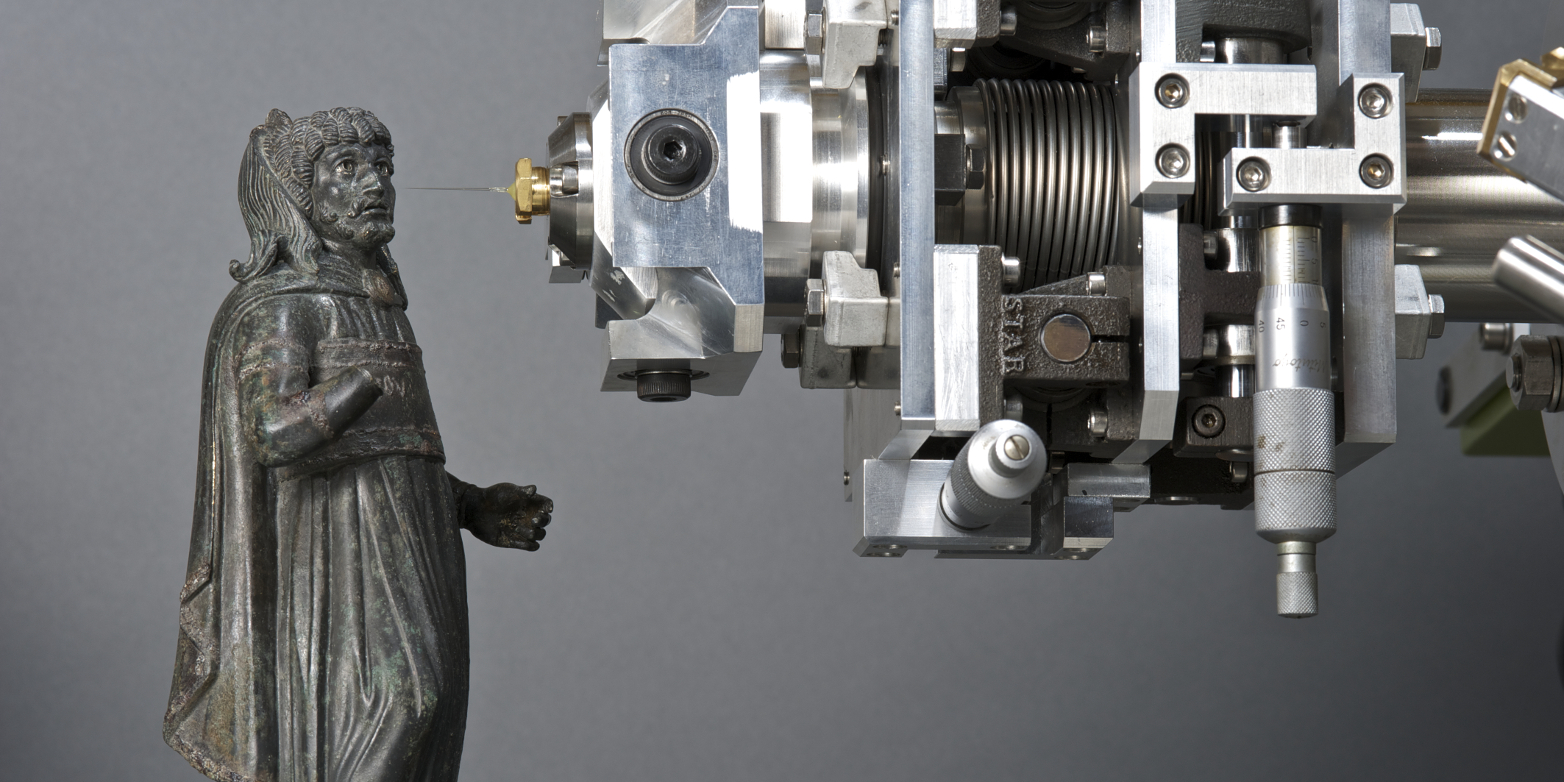
If mention is made of ETH Zurich, culture is not the first thing that comes to mind. Just how much culture is there in ETH?
Plenty! ETH organises a wide range of archives and collections, including a huge picture archive, the Max Frisch and Thomas Mann archives, natural history collections and a medicinal plant garden. In addition to that, ETH works at creating new cultural heritage every day: after all, today’s research is tomorrow’s cultural heritage. On 3 June we will also show yesterday’s research that has since become cultural heritage.
For example?
The observatory collection comprises historical sundials from the 17th to the 19th centuries. The first director of the ETH Library was also the director of the Swiss National Observatory at ETH Zurich. He built up a collection historical measuring instruments. We show how they work and how this knowledge is still used today in the development of astronomical instruments. The collection of microchips also links the past with the present: it shows their development at ETH over the past thirty years.
One would mainly expect to find machines, motors and engines …
Yes, it is somewhat paradoxical – not many objects have survived to illustrate this central aspect of ETH Zurich's history. But on 3 June, for example, ‘be showcasing a contribution to the future of river engineering in Switzerland, and the ion beam physics laboratory will be demonstrating how Ötzi the Iceman’s age can be determined using state-of-the-art methods. We’ll also be featuring other surprising facets.
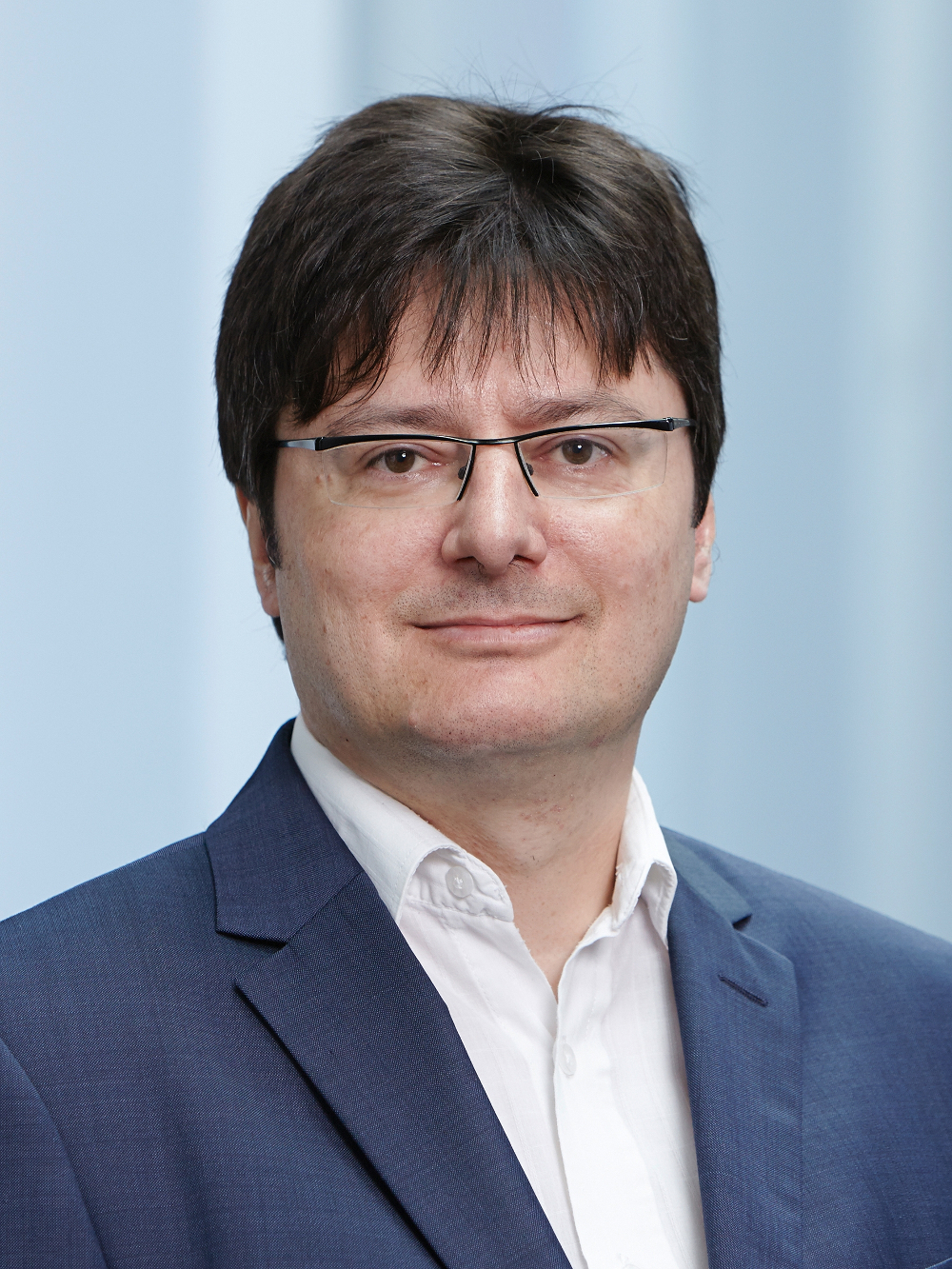
Why the look back?
Understanding the present and the future requires knowledge of how the present has come into being. Not for nothing do we say: “We are all dwarfs standing on the shoulders of giants” – in my work, I’m heavily involved with these giants, i.e. with 160 years of ETH history and the foundations that make today’s cutting-edge research possible. We also have historical research data in the collections and archives, such as two million insects. If you correlate the sites where they were found with time, you can learn a lot about historical climate change in Switzerland. This time series goes back far beyond the founding of ETH Zurich. And we maintain a plant collection with the University of Zurich – the United Zurich Herbaria contains more than four million plant specimens. This biodiversity archive can be used to research species diversity and extinction. Science wouldn't get anywhere without collections like these.
That still sounds like rather dry subject matter …
Absolutely not. Many of these objects are quite simply beautiful; you can also touch some of them and therefore “grasp” them in a completely different way. Much of today’s top-level research is no longer accessible to the lay person. On 3 June we want to make science tangible through historical and current examples. We want our Cultural Heritage Day at ETH Zurich to attract an audience that’s culturally interested and intellectually demanding, but it also needs to be a voyage of discovery for families with children.
What would you recommend to an ETH newcomer?
The stage in the main hall, where you’ll get a quick overview of the programme with mini previews of the events taking place. I’m personally looking forward to the opening address of author Iso Camartin, a masterful connoisseur and observer of the cultural scene. As a former professor of Romansh literature and culture, he knows ETH Zurich very well and later worked for the Zurich Opera House and Swiss television.
And what would you recommend to someone who knows ETH?
I would recommend the transcribing of sources and the georeferencing of images. The “sMapshot” tool introduced in 2018 allows aerial photos of Switzerland to be located on a virtual 3D globe. You can then apply your existing knowledge and discover new things. Another new tool allows visitors to transcribe scanned historical written sources – allowing historical testimonies to be leveraged for current debate. This is the ideal scenario in my opinion, especially at a scientific institution like ETH Zurich: culture only has a stimulating effect if it’s worked on and discussed, since this leads to new insights.
Slideshow
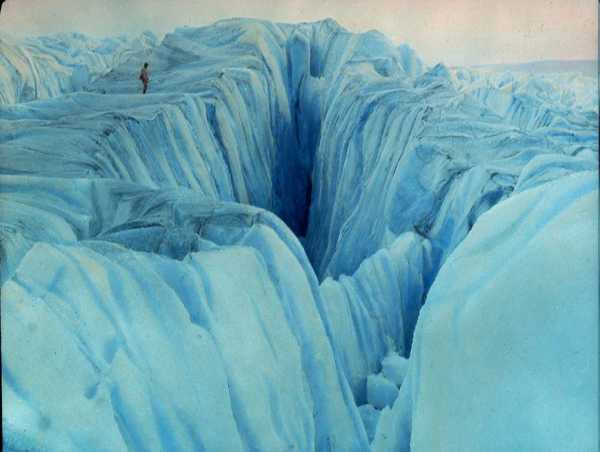 Botanist Albert Ulrich Däniker collected this fig sample in New Caledonia in 1924. (Photograph: United Herbaria of the University and ETH Zurich)
Botanist Albert Ulrich Däniker collected this fig sample in New Caledonia in 1924. (Photograph: United Herbaria of the University and ETH Zurich)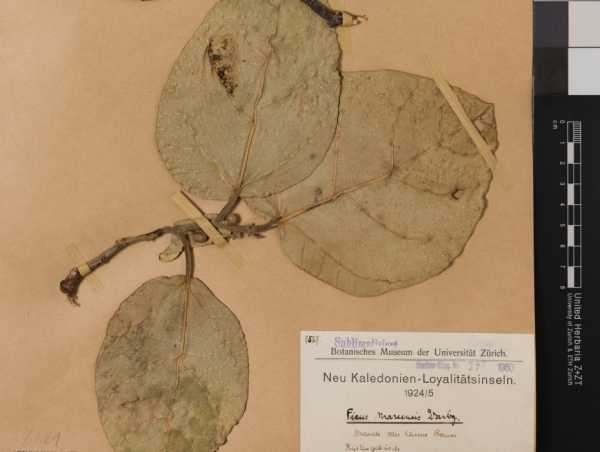 Two microchips developed at ETH show just how quickly technology advances. On 3 June visitors to the
Haupthalle of the ETH Main Building can see various microchips of the last 30 years. (Image: ETH Zurich)
Two microchips developed at ETH show just how quickly technology advances. On 3 June visitors to the
Haupthalle of the ETH Main Building can see various microchips of the last 30 years. (Image: ETH Zurich) Ivory folding sundial (ca. 1640) made by Jakob Karner, from the ETH Zurich Collection of Astronomical Instruments. (Photograph: ETH Zurich Library, Collection of Astronomical Instruments, Public Domain Mark).
Ivory folding sundial (ca. 1640) made by Jakob Karner, from the ETH Zurich Collection of Astronomical Instruments. (Photograph: ETH Zurich Library, Collection of Astronomical Instruments, Public Domain Mark).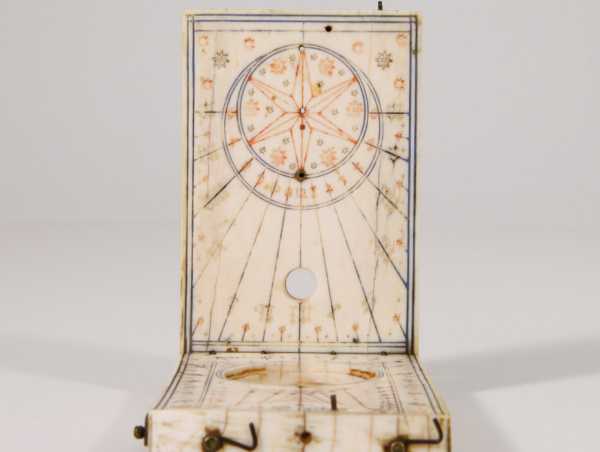 Max Frisch, ca.1974. Several events focus on the author. (Photograph: ETH Library, Image Archive/Photographer: Comet Photo AG (Zurich) / Com_C20-015-023-002 / CC BY-SA 4.0).
Max Frisch, ca.1974. Several events focus on the author. (Photograph: ETH Library, Image Archive/Photographer: Comet Photo AG (Zurich) / Com_C20-015-023-002 / CC BY-SA 4.0).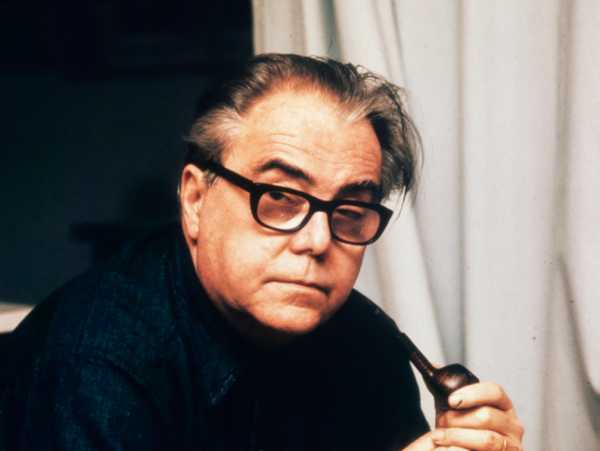
Cultural Heritage at ETH
On Sunday 3 June collections, archives and libraries – as well as researchers from various departments – will be showcasing the cultural heritage of ETH Zurich. As part of Switzerland’s contribution to the European Year of Cultural Heritage “external page#Kulturerbe2018 – Look!call_made”, they will be guiding the public through ETH’s historical treasures. Workshops, guided tours and lectures will be taking place in the main building. The day starts with an opening address by writer Iso Camartin.
